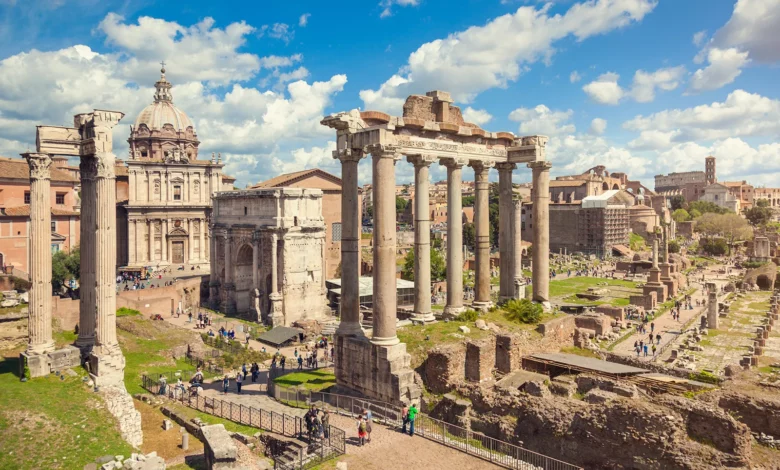Hercules was underground! Ancient marble statue of Hercules emerges after sewer work in Rome

Rome, Jan 28 : Routine sewer repairs in an area in Rome, which was seeking a recognition from the Unesco as a World Heritage site, have led to the discovery of an ancient Roman-era marble statue of the mythical demigod Hercules.
Repair crews were called in after sewer pipes in the national park at the Appian Way collapsed, causing ditches and minor landslides, reports Xinhua news agency.
The excavations, which reached a depth of 20 meters and as rules require in the Italian capital, were carried out with the presence of archaeologists.
The life-size marble statue found at the site is reported to be of Hercules, an ancient Roman demigod known as the protector of the weak.
The figure represented by the statue carried a club and had a lion’s coat over his head, part of the iconography representing Hercules.
According to reports, the statue likely dates back to Rome’s imperial period, which stretched from 27 BC to 476 AD.
The find recalls last November’s discovery of two dozen well-preserved bronze statues beneath the foundations of thermal baths in Tuscany.
Those statues were 2,300 years old, even older than the Hercules statue.
The marble statue of Hercules was broken during excavations but was otherwise well preserved.
This is the second time this year that the Appian Way makes international headlines.
On January 11, the Culture Minister formally backed the inclusion of the Appian Way on Unesco’s World Heritage list.
It was the first time the Ministry ever backed a UNESCO candidacy directly.
The Appian Way is an ancient road that spans 550 km between Rome and the southern Italian city of Brindisi.
It was designed in 312 BC by statesman Appio Claudio Cieco. His goal was to build a road that quickly connected Rome to Capua for the movement of troops southwards during the Second Samnite War (326-304 BC).
Later on, the route was extended to Brindisi to directly connect with Greece, the East, and Egypt, for military expeditions, travel and trade.
It was the most famous route in the Roman era
If the Appian Way becomes a Unesco site, the Appian Way will be the second longest such site after the Great Wall of China.






